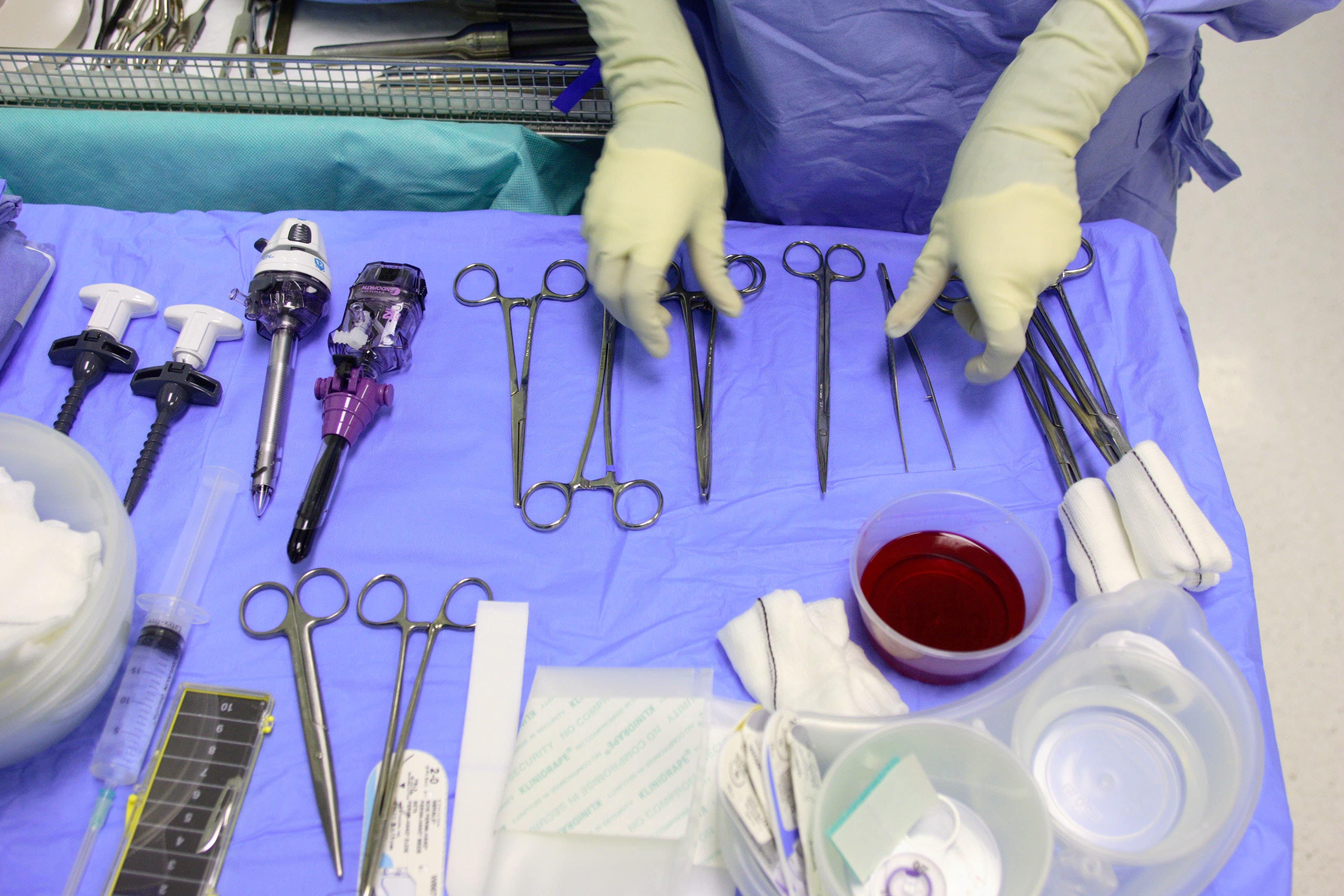Human skin map invention could end scars forever

Your support helps us to tell the story
From reproductive rights to climate change to Big Tech, The Independent is on the ground when the story is developing. Whether it's investigating the financials of Elon Musk's pro-Trump PAC or producing our latest documentary, 'The A Word', which shines a light on the American women fighting for reproductive rights, we know how important it is to parse out the facts from the messaging.
At such a critical moment in US history, we need reporters on the ground. Your donation allows us to keep sending journalists to speak to both sides of the story.
The Independent is trusted by Americans across the entire political spectrum. And unlike many other quality news outlets, we choose not to lock Americans out of our reporting and analysis with paywalls. We believe quality journalism should be available to everyone, paid for by those who can afford it.
Your support makes all the difference.Scientists have created a human skin map which provides a “recipe” to build skin.
The findings could be used to create new hair follicles, and skin transplants for burn victims, researchers say.
The study uncovered how human skin is formed.
For the first time, researchers have mapped a human skin cell to understand how skin forms before birth, and what goes wrong in disease.
Before birth, skin has the unique ability to heal without scarring.
The team from the Wellcome Sanger Institute and Newcastle University mapped also created a mini organ of skin in a dish with the ability to grow hair.
Using this organoid, they showed that immune cells play an important role in scarless skin repair, which could lead to ways of preventing scarring after surgery, or result in a wound healing without a scar.
Dr Elena Winheim, co-first author from the Wellcome Sanger Institute, said: “With our prenatal human skin atlas, we’ve provided the first molecular ‘recipe’ for making human skin and uncovered how human hair follicles are formed before birth.
“These insights have amazing clinical potential and could be used in regenerative medicine, when offering skin and hair transplants, such as for burn victims or those with scarring alopecia.”

The skin is the largest organ of the human body, measuring on average two square metres, and provides a protective barrier, regulates body temperature and can regenerate itself.
Skin develops in the sterile environment of the womb, with all hair follicles formed before birth.
It has been very difficult to study how the human skin develops, as animal models have key differences.
As part of the Human Cell Atlas – which is mapping all cell types in the human body – a team of researchers is focused on studying how human skin is built.
Professor Muzlifah Haniffa, co-lead author and interim head of cellular genetics at the Wellcome Sanger Institute, said: “Our prenatal human skin atlas and organoid model provide the research community with freely available tools to study congenital skin diseases and explore regenerative medicine possibilities.
“We are making exciting strides towards creating the Human Cell Atlas, understanding the biological steps of how humans are built, and investigating what goes wrong in disease.”
The findings are published in the Nature journal.